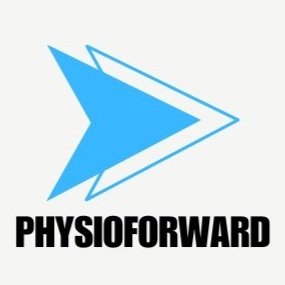Shoulder dislocation
Exploring Physical Therapy for Shoulder Dislocation
What is Shoulder Dislocation:
The shoulder joint is one of the most mobile joints in the human body, making it susceptible to dislocation. A dislocation occurs when the ball of the upper arm bone (humerus) pops out of the shallow socket (glenoid) of the shoulder blade (scapula). This can result in pain, instability, and limited range of motion.
What to Expect After Initial Injury:
Shoulder dislocations are a common orthopedic injury, often resulting from trauma, and can significantly impact an individual's quality of life. While the initial management typically involves reduction of the dislocation followed by immobilization, physical therapy plays a crucial role in the rehabilitation process.
How Physical Therapy Can Help:
Physical therapy is integral in the management of shoulder dislocations as it aims to restore strength, stability, and mobility to the shoulder joint. A systematic review by Tejwani et al. (2019) highlighted the effectiveness of physical therapy interventions in reducing pain and improving functional outcomes in individuals recovering from shoulder dislocations. These interventions often include a combination of scaled therapeutic exercises, stability-based interventions as well as progressive mobility activities.
What Type of Exercise:
One of the primary components of physical therapy for shoulder dislocation is therapeutic exercises. These exercises target the muscles surrounding the shoulder joint, including the rotator cuff muscles and scapular stabilizers. Strengthening these muscles helps improve joint stability and prevent future dislocations. A study by Moeller et al. (2020) emphasized the importance of progressive resistance exercises in enhancing shoulder strength and function following a dislocation. In conjunction with developing the soft tissue around the area, progressive mobility into all ranges of motion of the shoulder joint.
Physical therapy plays a crucial role in the rehabilitation journey following a shoulder dislocation. Through targeted exercises, manual therapy, and modalities, physical therapists work to improve shoulder strength, stability, and range of motion, ultimately helping individuals regain function and return to their daily activities. By incorporating evidence-based practices highlighted in peer-reviewed scientific literature, physical therapists can optimize outcomes and facilitate a smoother recovery for individuals recovering from shoulder dislocations.
If you are recovering from a shoulder dislocation and would like to seek further assistance with your rehabilitative process, please reach out to physioforwar@physioforward.net.
References:
Tejwani SG, Shenoy RM, Kim PS, Mittal S. (2019). Role of Physical Therapy in Management of Traumatic Anterior Shoulder Dislocations: A Systematic Review. Cureus, 11(1), e3891. doi:10.7759/cureus.3891
Moeller AD, Thorsen RR, Torabi TP, Graven-Nielsen T. (2020). High-intensity progressive resistance training improves functional performance following anterior shoulder dislocation: A randomized controlled trial. Clinical Rehabilitation, 34(11), 1357–1369. doi:10.1177/0269215520951909
